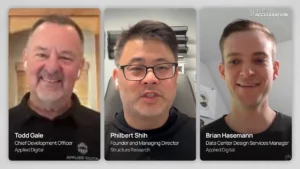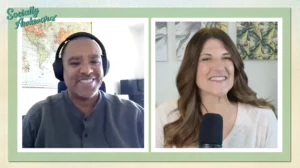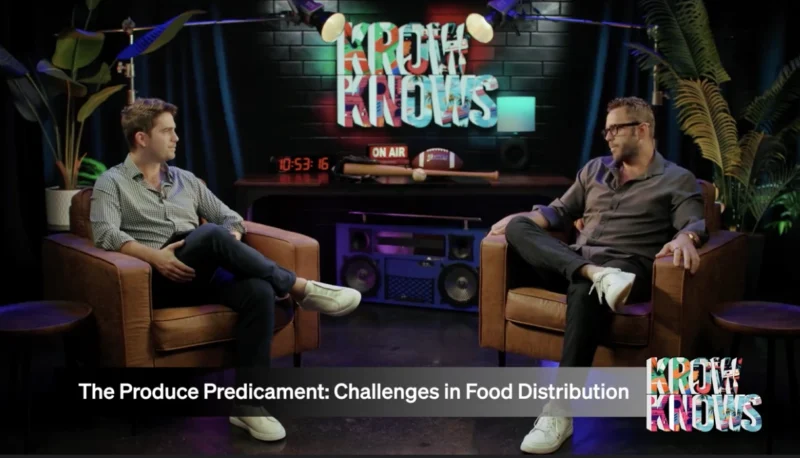Restaurant Businesses That Want to Attract and Retain Talent Must Offer Competitive Wages and Innovative Programming to Employees
The landscape of restaurant businesses is in the balance of a major shift, grappling with a scarcity of skilled labor even as it strives to rebound from the pandemic. According to the National Restaurant Association, the year 2023 has proved monumental for the restaurant industry with sales expected to reach $997 billion. A crucial part of this change hinges on the industry’s efforts to remain competitive, which are manifesting in several ways. Using these strategies not only offer a lifeline to restaurant businesses, but promises to usher in a new era of engagement between employers and staff.
The industry has begun to foster symbiotic relationships with other entities to propel such things like an innovative workforce that will attract more employees. Furthermore, companies have to embrace technology, with automation and pre-prepared products radically altering traditional kitchen operations. These transformations signal a pivot towards a more streamlined, technologically savvy and socially responsible food service sector.
Jonathan Deutsch, Ph.D, is the Director of the Drexel Food Core Lab at Drexel University and he also heads the University’s Department of Food and Hospitality Management. Deutsch is a leading expert in all things culinary arts and food management. He built the culinary program at the Kingsborough Community College and is a James Beard Program Fellow. Along with being a professor, Deutsch sits on the board of the Upcycled Food Foundation Board as Vice President. He said that companies have to revamp their hiring process and offer more than just employment to their employees, honing in specifically on competitive wages as one of the key draws that will appeal to potential talent.
Deutsch’s Thoughts on Restaurant Businesses
“We’re seeing a lot of activity in the food service sector to attract and retain employees. When I speak with executives and managers, they’re constantly saying that the biggest limitation to their growth is lack of workers, qualified supervisors to expand into new markets, sort of that key holder level in particular. So, that attracting and retaining talent has been very challenging, especially as we surpass pre-pandemic levels. There’s a lot happening. One is wages and benefits, obviously. There are many sectors that provide better wages and easier work than food service. So, remaining competitive there is key. We’re seeing benefits that have historically not been traditionally offered, especially for hourly employees in food service, like paid time off, healthcare, and tuition benefits are now becoming more standard.
“There’s also a lot of really interesting things happening around partnerships, especially private public partnerships with community colleges and workforce training programs. Employers are increasingly not relying on just posting positions and expecting people to come to them, but really establishing a pipeline, working with returning citizens or people coming out of recovery and really creating more of a pipeline of employees rather than just a sort of haphazard smattering of who applies for positions. Another thing that’s happening is really a change in the food service workplace itself through automation and through relying on suppliers to do more of the work on the front end. So, there are really innovative models like SVK, Sous Vide Kitchen, where meats come pre-cooked, vegetables come pre-prepped. You’re not relying on workers on site to do that kind of production work, and really it’s assembly more than scratch, cooking more and more.”








